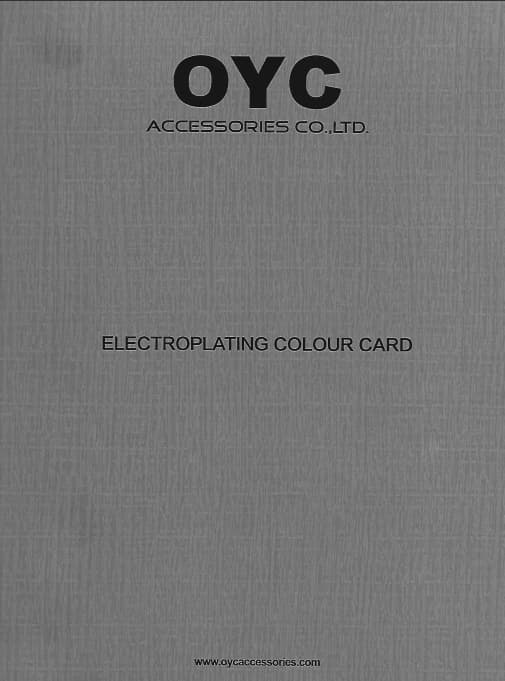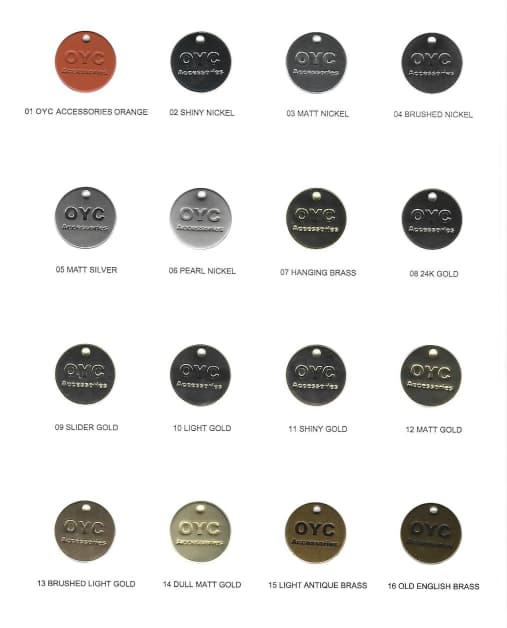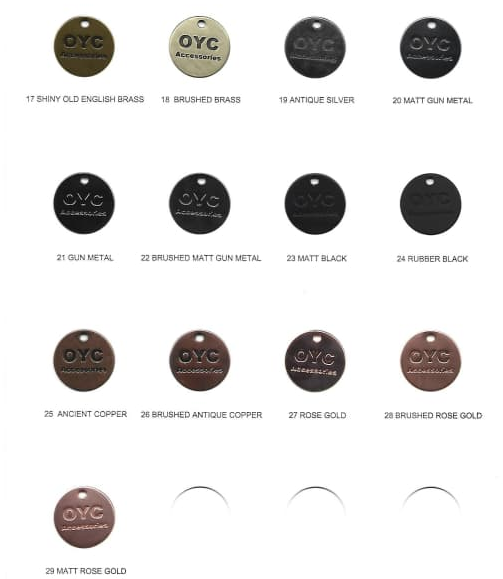How the engraved round metal logo is tested to see if it passes 24 hour corrosion Non-toxic-B
Second.non-Toxicity testingToxicity testingMethod: Immerse the metal markers in a liquid that simulates the environment in which they will be used (e.g., water, food simulation liquid) for 24 hours, and extract the immersion solution for toxicity analysis.Tools: Atomic Absorption Spectrometer, Gas Chromatograph, etc. are used to detect the dissolved amount of heavy metals (e.g. lead, cadmium, mercury) and other toxic substances.Criteria: Comply with the requirements of heavy metal dissolution limits in relevant regulations (e.g. EU RoHS Directive, US FDA standards).Biological toxicity test (optional)Method: Use the soaking solution in cell culture or animal experiments to observe the biotoxicity reaction.Assessment: No cytotoxicity or animal toxicity reaction, indicating that the material is non-toxic.Third.combined assessmentCorrosion testing and non-toxicity testing need to be combined to ensure that the metal marking has good corrosion resistance and meets the non-toxicity requirements under 24-hour corrosion conditions.Test conditions need to be strictly controlled, such as temperature, humidity, media concentration, etc., to ensure the accuracy and reproducibility of the results.Data recording and analysis: Record all kinds of phenomena and data in the test process in detail and analyse them scientifically to assess the corrosion resistance and non-toxicity performance of the metal marking.


















